Here at the RSPCA, we often speak about choosing higher-welfare animal products, but did you know it’s just as important to keep welfare in mind when it comes to crustaceans?
Many Aussies will be eating seafood such as lobster and crab over the festive season, and many will prefer to buy fresh from local seafood markets.
But the RSPCA has one very important reminder: don’t buy them alive. Buy seafood frozen or fresh, but already dead, and make sure they’ve been killed humanely.
Why is this important?
Current animal welfare science increasingly states evidence that crustaceans are sentient (the capacity of an animal to have feelings). Lobsters and crabs, for example, can anticipate and respond to pain or injury and show aversion to unpleasant stimuli. Crustaceans have multiple nerve centres running through their bodies and if they are not killed humanely, will experience pain and suffering.
Therefore, just like other animals who are slaughtered for food, stunning and killing crustaceans must be done by skilled people using specialised equipment and never attempted at home.
Leave it to the professionals
Live crustaceans must never be put straight into the microwave or dropped into boiling water, these methods of killing cause extreme suffering.
Killing crustaceans humanely is a complicated process requiring specialist equipment and training. Currently, the best option for killing crustaceans is electrical stunning followed by immediate destruction of all the nerve centres before cooking. Getting this wrong means the animal will go into severe shock and die a prolonged and painful death.
The RSPCA has developed this guide detailing current knowledge on humane ways to kill crustaceans for human consumption for those working in the seafood industry.
How you can be a conscious consumer
First and foremost, never buy your lobsters, crabs, crayfish, Moreton Bay bugs, prawns or yabbies alive. Only buy crustaceans that have already been humanely killed.
If you have a favourite local seafood retailer, ask them about their methods for killing crustaceans. You can even refer them to the Guide!
Lastly, never forget that as a concerned customer, your voice can have real influence. You can make a positive difference in how animals are treated with the food choices you make, by asking educated questions and expressing your views to food companies.
Our handy responsible sourcing guides are a helpful aid when engaging with companies. No matter the time of year, we can all play a part in contributing to improving animal welfare.
Interested in reading more:
Are crustaceans protected by animal welfare legislation?
Your higher welfare Christmas sorted

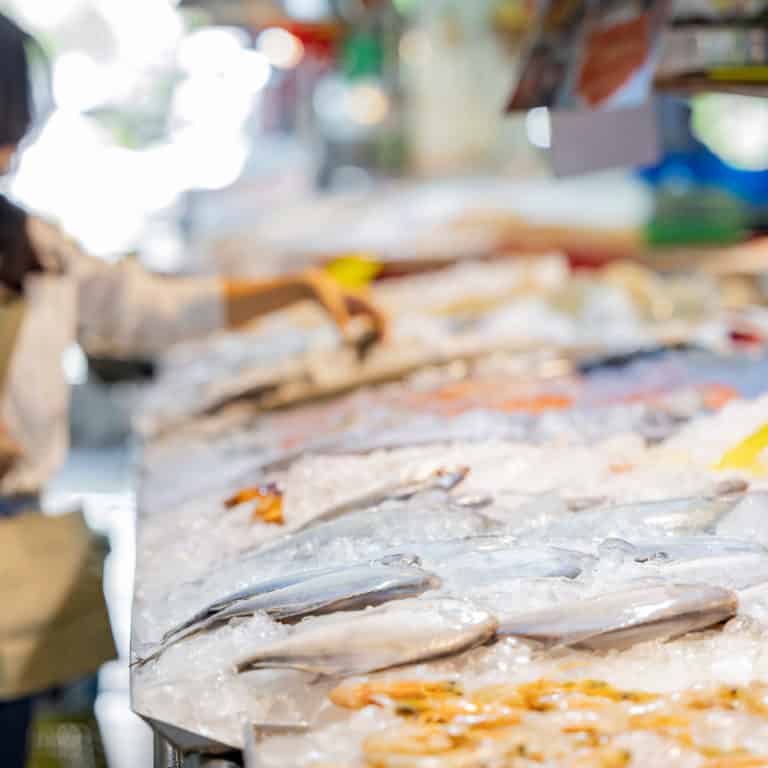
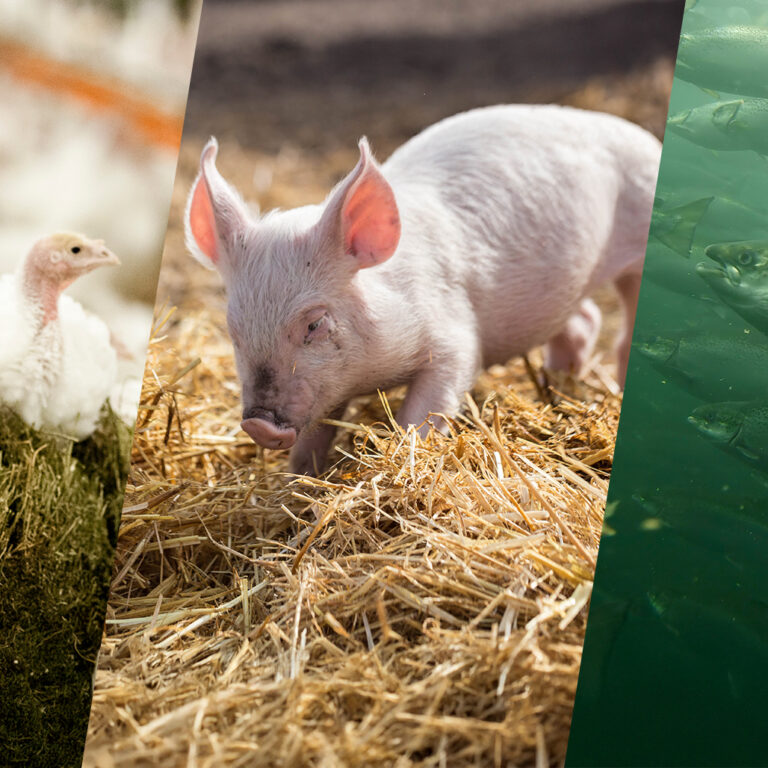
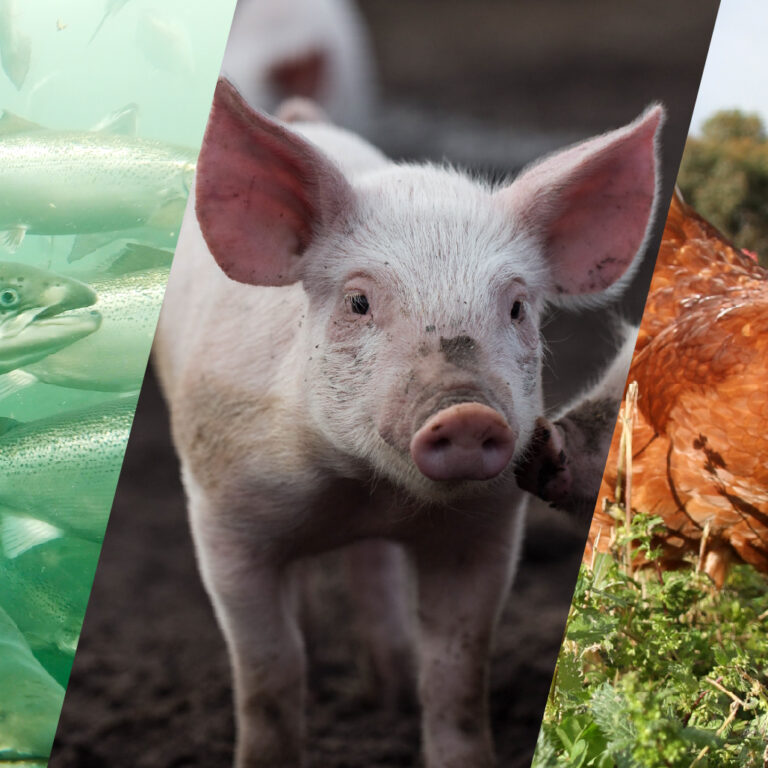
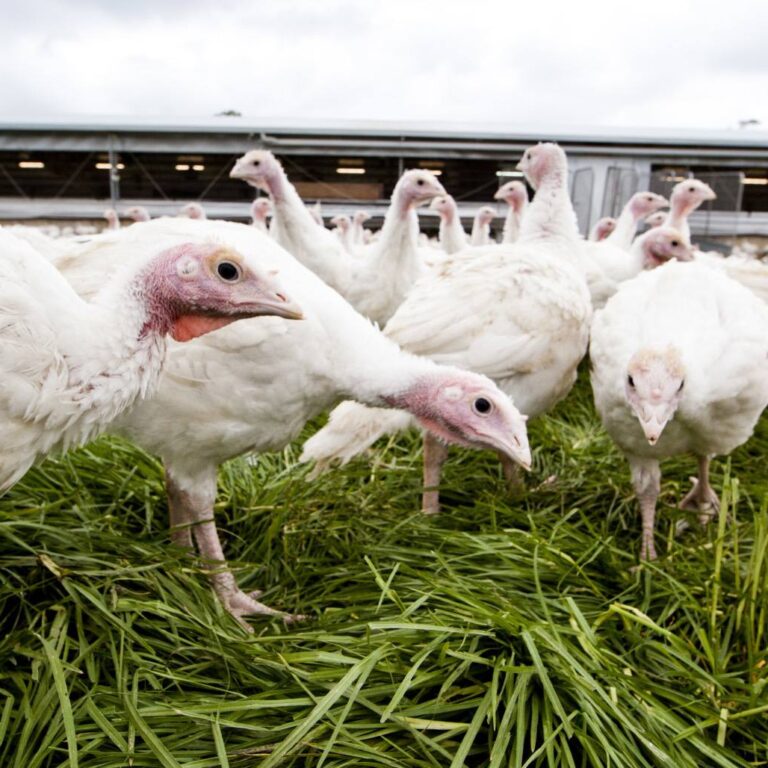
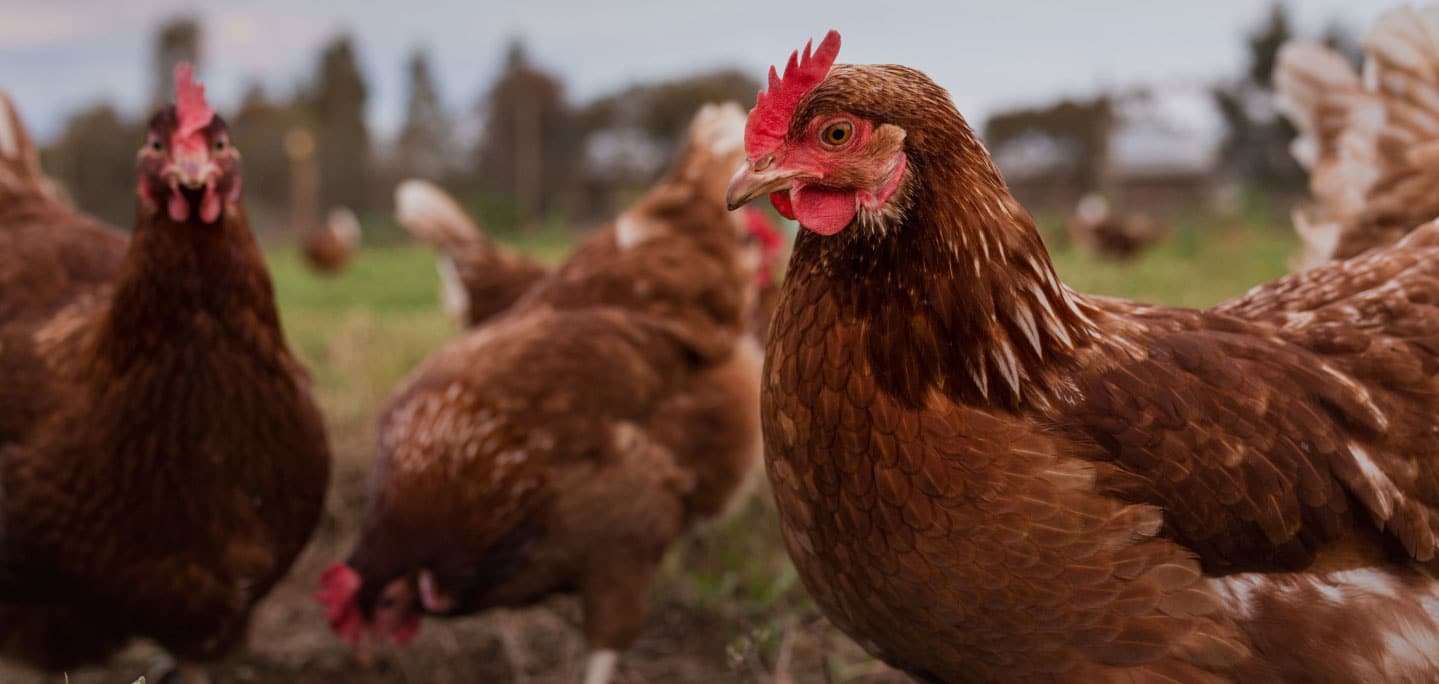

1 Comments
One response to “What to look for if crustaceans are on the menu this Christmas”
So informative’ I didn’t know about the horrible way lobsters are killed by dropping in water ! Shocking !!
Love the knowledge I’m learning all the time about animal welfare & how to choose our products!